NIL
3 bold moves Nick Saban must make if he wants to save college football
Nick Saban may be done coaching, but he’s not done fighting for the future of college football. Fresh off his retirement, the legendary Alabama coach is expected to co-chair a brand-new commission on college sports alongside Texas Tech NIL collective founder Cody Campbell and former President Donald Trump. The group’s purpose? Untangling the mess that […]
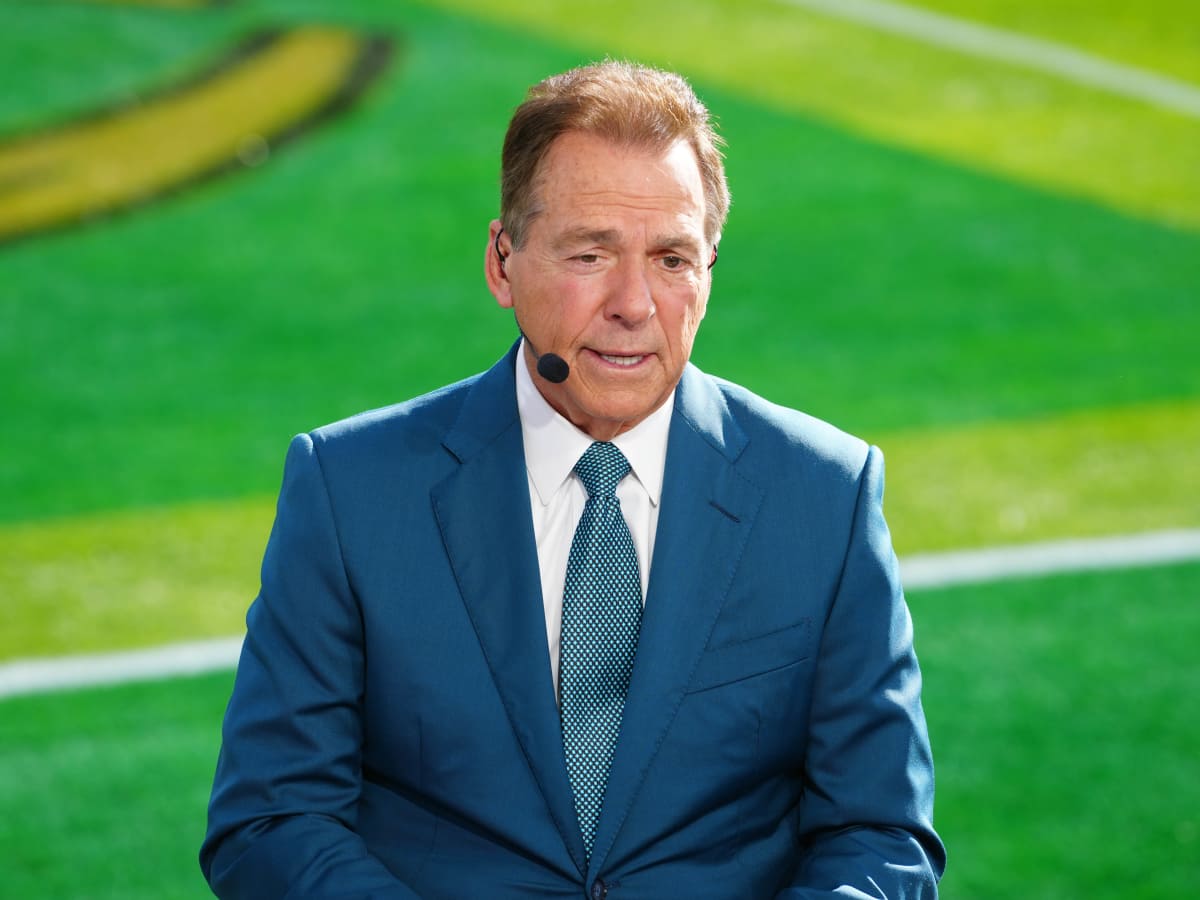
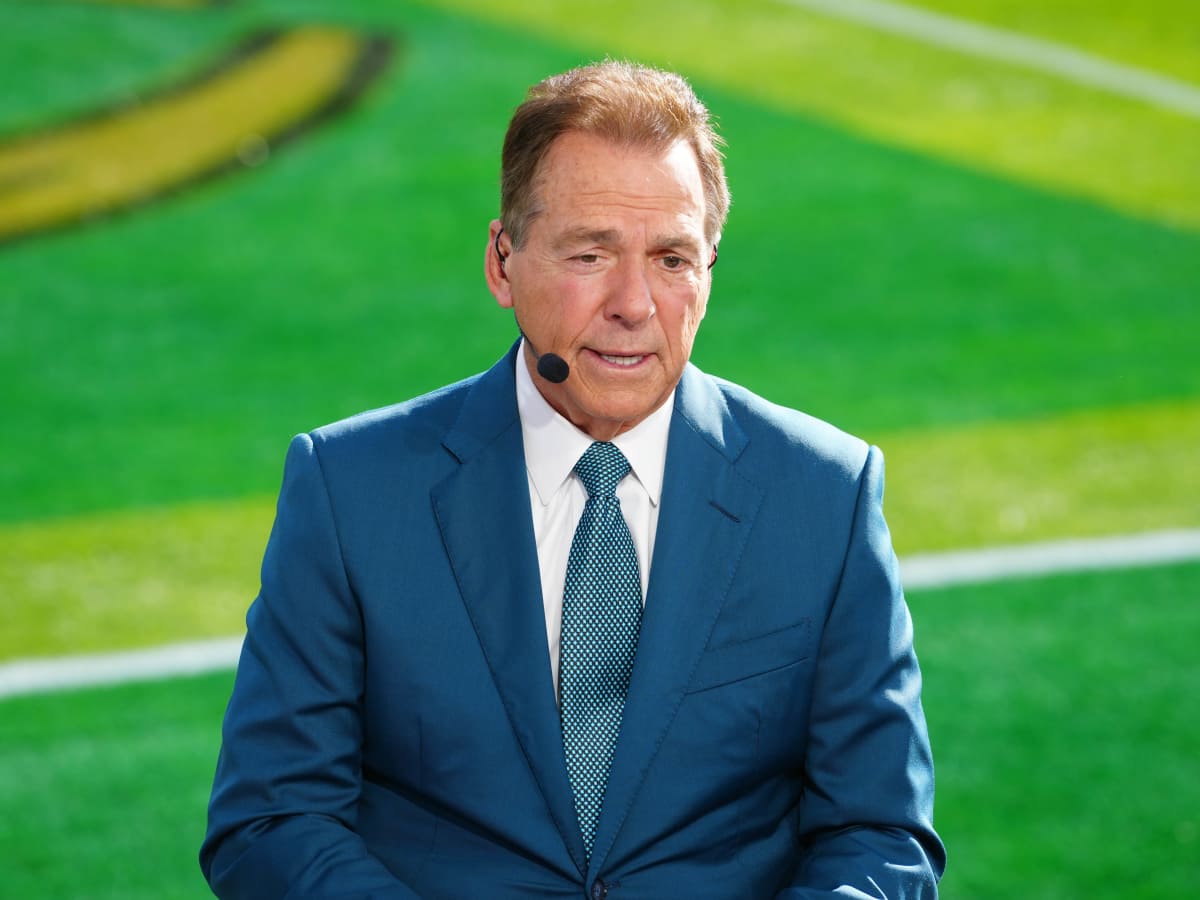
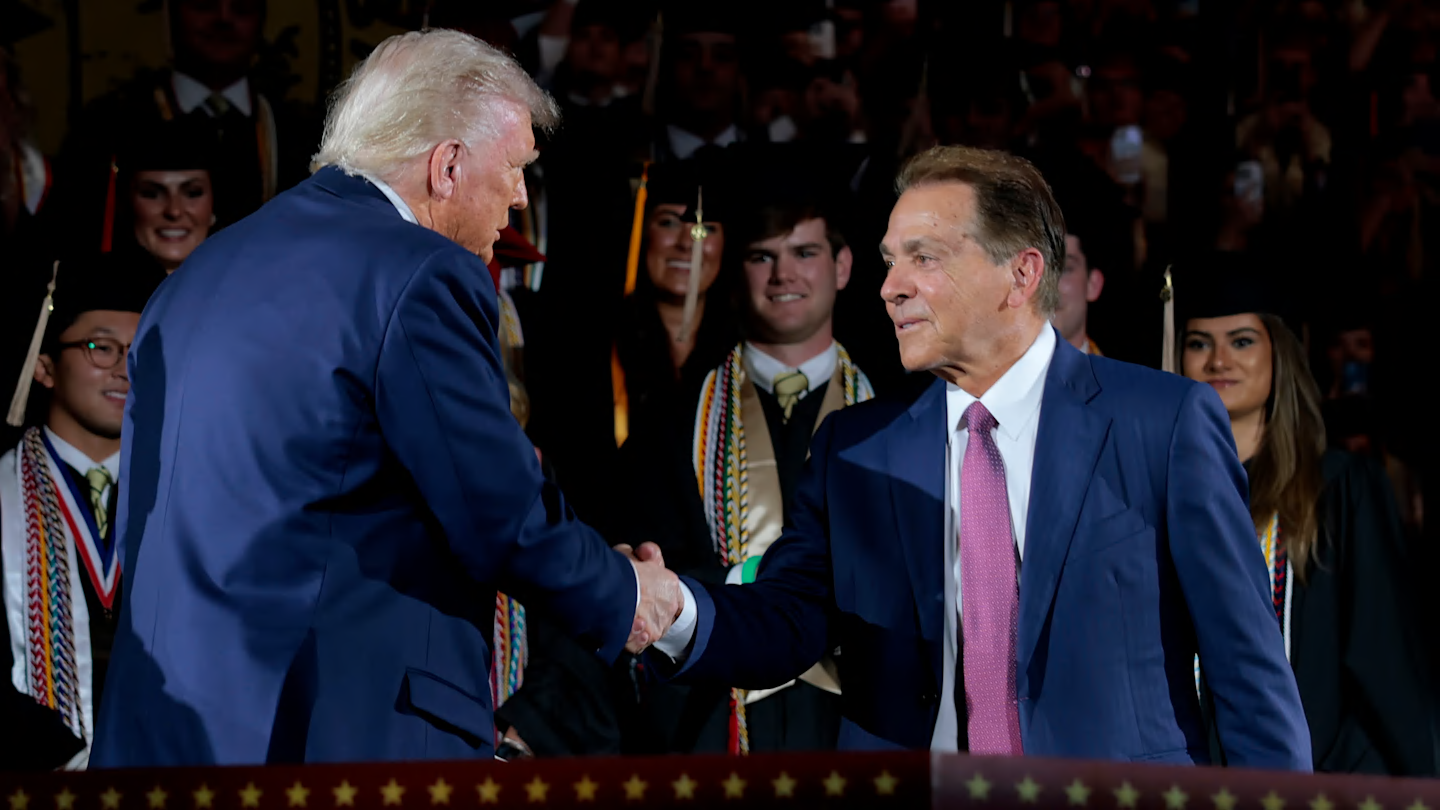
Nick Saban may be done coaching, but he’s not done fighting for the future of college football.
Fresh off his retirement, the legendary Alabama coach is expected to co-chair a brand-new commission on college sports alongside Texas Tech NIL collective founder Cody Campbell and former President Donald Trump. The group’s purpose? Untangling the mess that college athletics—especially football—has become in the NIL era.
The commission plans to tackle everything from player movement in the transfer portal to Title IX issues, revenue sharing, and the chaotic state of booster involvement.
Let’s be real: this is finally a decision that is long overdue.
All that being said, ifNick Saban truly wants to cement his legacy by helping fix the sport, here are the three bold moves his commission must make.
1. Tame the NIL & Revenue Sharing Chaos
NIL isn’t the enemy—it’s the way it’s being abused that’s the problem.
Name, Image, and Likeness should absolutely empower student-athletes. They should be able to cash in on their personal brand, make appearances, land endorsement deals, and benefit from their success. But what we have now isn’t that—it’s backdoor bidding wars disguised as NIL. Collectives are offering high schoolers six-figure deals just to commit. That’s not NIL. That’s free agency without rules. They’re also tampering with other team’s players.
The commission needs to push for strong, clear national standards on NIL deals. That includes transparency, oversight, and ideally, a financial cap for revenue sharing — which will be a different thing than NIL. No other sport operates without a salary ceiling. Why should college football? If we’re moving toward a world where revenue sharing is the norm, then the playing field should be somewhat level financially.
Otherwise, only the richest schools—Texas, Texas A&M, Oregon—will consistently dominate the recruiting landscape, not because of culture, coaching, or development, but because they simply outbid everyone else. That’s not what college football is supposed to be.
2. Fix the Transfer Portal and Redefine Eligibility
Right now, the transfer portal is a free-for-all. Players are hopping schools more often than some fans buy jerseys. And while mobility and opportunity are good things in theory, what we’ve got now is instability. Chaos. And it’s hurting both players and programs.
The solution? Streamline the system.
First, narrow it to one transfer window. Coaches and players both need clarity and breathing room. Second, incentivize loyalty. Revenue sharing should be scaled by experience and commitment. Juniors and seniors who stay with their programs should see a bigger piece of the pie—rewarding development and discouraging short-term exits.
Also, we’ve got to end the constant loopholes in eligibility. Right now, players can bounce from school to school with waivers and redshirts and “medical hardships” that make things even harder to track. Just make it simple: five years to play, no redshirts, one free transfer. After that? You lose a year of eligibility if you decide to move again as an undergrad. Am I saying there won’t be exceptions to the rule? Sure, there may be a few, but those will be “exceptions,” not the rule.
It’s not about punishing kids. It’s about setting expectations—and restoring some sense of stability to college football rosters. If every athlete knows they’ve got five years and one free shot at a fresh start, that’s both fair and firm.
And you know who else benefits from this? The fans. You know, the people who are paying and watching the product. You might want to think of them.
3. Regulate the Agent Free-For-All
One of the most overlooked disasters in modern college football is the shady underworld of “agents.”
Right now, anyone can act as a middleman for a college athlete. A family friend, a coach, a cousin, a neighbor who once sold insurance—they’re all suddenly “representing” kids in NIL talks. And the truth is, many of these so-called agents have zero experience, zero certification, and zero concern for the athlete’s long-term future.
The NFL has strict agent rules for a reason. So should college football.
Saban’s commission must push for a national registry of certified agents who are allowed to represent athletes. There need to be standards—background checks, ethics policies, consequences for bad actors. Players deserve guidance, not grifters. And right now, too many are being set up to fail by people who see them as a quick payday.
Let’s be blunt: a 17-year-old shouldn’t be expected to navigate the legal and financial implications of a $500,000 NIL deal without experienced representation. That’s asking for disaster. By stepping in here, the commission can help protect kids from exploitation—and protect the sport from further erosion.
Read More
NIL
Big 12, Big Ten announce partnership with PayPal to payout revenue share to student-athletes
Colleges are preparing for revenue-sharing with student-athletes beginning on July 1st. In anticipation of that, the Big 12 and Big Ten have announced a new partnership with PayPal to pay out their student-athletes. Big 12 Commissioner Brett Yormark appeared on Get Up alongside PayPal CEO Alex Chriss. There, Yormark dove into what made the partnership […]
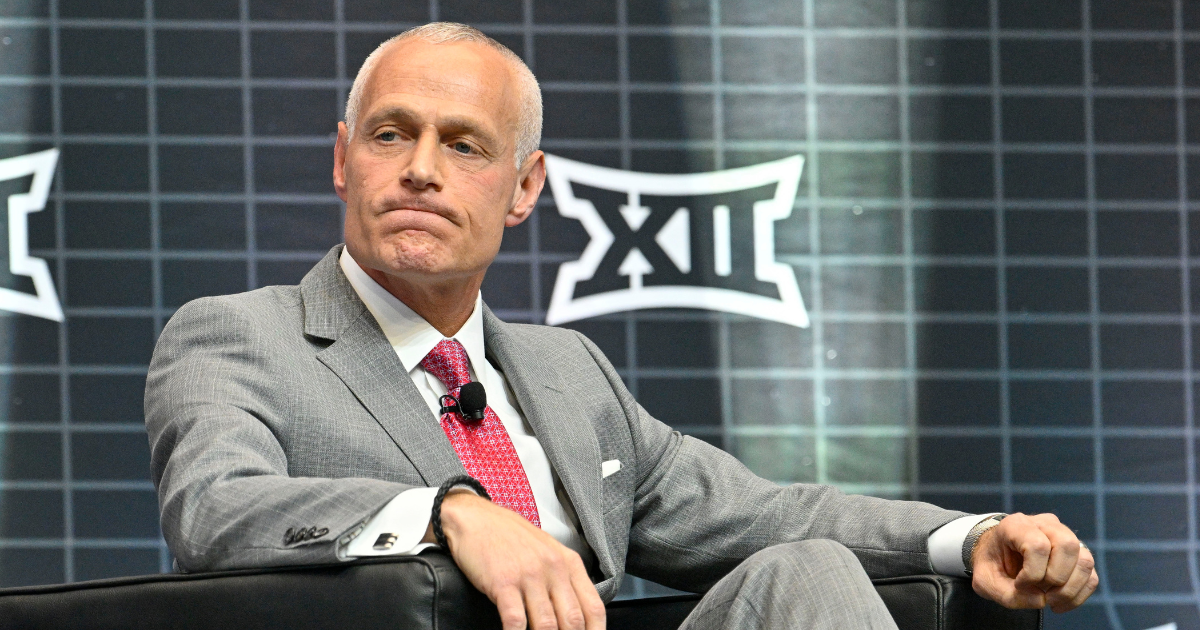
Colleges are preparing for revenue-sharing with student-athletes beginning on July 1st. In anticipation of that, the Big 12 and Big Ten have announced a new partnership with PayPal to pay out their student-athletes.
Big 12 Commissioner Brett Yormark appeared on Get Up alongside PayPal CEO Alex Chriss. There, Yormark dove into what made the partnership a good idea for the conference at this point in time.
“July 1 starts rev-share with our student-athletes,” Yormark said. “A long time coming and well deserved from a conference perspective, but I speak beyond just the Big 12. I speak for all of collegiate athletics; we need a reliable payment platform to distribute money to our student-athletes.”
Revenue-sharing stems from the recent House settlement. That is going to lead to several new changes to college athletics and NIL specifically. That includes third-party oversight over NIL, a new enforcement agency, and roster limits. Arguably most important, it also allows for revenue-sharing between schools and student-athletes, with each school being able to share $20.5 million annually.
“We’ve [Big 12 and PayPal] been at this for over 14 months,” Yormark said. “Trying to figure out if there was a place and a point of entry for PayPal in this world of collegiate athletics, and we found it on the heels of the [House] settlement and rev-share. Truly excited about it. When you think about PayPal and Venmo, probably the most culturally relevant payment platform globally. 100 million customers, including consumers and merchants. It’s a big opportunity for the Big 12. Big for college athletics and I truly believe that the product is ubiquitous across all campuses, and today, yes, we’re announcing two conferences, but it’s going to go well beyond that moving forward.”
Per Ross Dellenger, the Big 12 deal with PayPal is significant. It’s added value of about $100 million over five years, or ~$1M per school annually.
“PayPal and Venmo are the applications that college students are using now,” Alex Chriss said. “Over half of college students are using Venmo today, and it’s the ecosystem that they use. Their parents are giving them money. It’s how they’re paying for their pizzas. It’s the ecosystem of the economy of college students. Now, they’re able to get the payouts from revenue share, will be able to do NIL distributions. We’ll be able to give them a debit card. We’ll be giving debit cards with Venmo with their college logo on them. So, we’re enabling this whole ecosystem to work going forward.”
Ultimately, Yormark believes that this step by the Big 12 and the Big Ten is the first step to some uniformity in how student-athletes are paid. Only time will tell, but Alex Chriss is confident that PayPal and Venmo are the platforms to accomplish this.
“It really is,” Chriss said. “We’re in discussions with all the conferences. PayPal is the ecosystem. The easiest way to distribute these funds. You want to make it seamless and simple for student-athletes to be able to get their dollars in their wallet and be able to spend it, and PayPal is the right way to do it.”
NIL
Report: Florida State defends controversial rev-share contract language that concerned agents, rival GMs
Florida State released a statement to CBS Sports defending language in drafts of the school’s revenue-sharing contracts. The school addressed reporting from CBS Sports detailing controversial language, which concerned agents and rival GMs. FSU pointed out that individual situations will be “unique” as the revenue-sharing era gets underway in college athletics. Under the newly approved […]

Florida State released a statement to CBS Sports defending language in drafts of the school’s revenue-sharing contracts. The school addressed reporting from CBS Sports detailing controversial language, which concerned agents and rival GMs.
FSU pointed out that individual situations will be “unique” as the revenue-sharing era gets underway in college athletics. Under the newly approved House v. NCAA settlement — which will be implemented July 1 – schools will be able to directly share up to $20.5 million with athletes, and 75% is widely expected to go toward football.
“As we enter into a new age of collegiate athletics, Florida State has put together an agreement that provides deliverables and expectations for all parties,” Florida State’s statement to CBS Sports read. “Each individual situation will be unique and the hypotheticals are impossible to predict. However, we are committed to continuing to provide an elite experience for our student-athletes in all aspects of their collegiate career. Florida State is looking forward to the mutually beneficial partnerships with our student-athletes in this new era.”
In drafts viewed by CBS Sports, a clause said Florida State could unilaterally extend a player at the end of a contract without going through negotiations with them. Additionally, there’s a maximum $2,500 fine for the first offense is a player loses any team equipment, such as cleats, and the maximum fine for use of a controlled substance for the first time is $1,000.
The drafts also include a clause regarding breach of contract. It includes “illness or injury which is serious enough to affect the value of rights granted to the school,” CBS Sports reported. Florida State could either renegotiate or cancel a player’s deal at its discretion after any sort of injury, according to the way the clause is written. The language concerned rival general managers’ agents who spoke with CBS Sports.
“Some of the concepts are pretty standard,” an agent, who represents at least one player at Florida State, told CBS Sports. “But FSU is going about this far more aggressively than any school I’ve seen. I’m disappointed by the adversarial nature of these contracts.”
Judge Claudia Wilken approved the House v. NCAA settlement earlier this month, officially ushering in the revenue-sharing era in college sports. The cap is set at $20.5 million for the first year of the settlement, and that figure is expected to increase annually as part of the 10-year agreement.
While Florida State has not confirmed how it will distribute the rev-share funds, the Board of Regents paved the way for the university to do so. Many schools across the country are planning to share 75% of the funds with football, 15% with men’s basketball, 5% with women’s basketball and 5% with the remainder of the sports.
NIL
NBA Draft: Why it’s unlikely there’s a Jalen Brunson or Nikola Jokić in this year’s second round
Apologies to any NBA teams hoping they unearthed the next Draymond Green, Jalen Brunson or Nikola Jokić on Thursday night. The second round of this year’s NBA draft became unusually barren after many prospects returned to college to take advantage of a skyrocketing NIL market. Advertisement In the pre-NIL era, college basketball underclassmen routinely entered […]
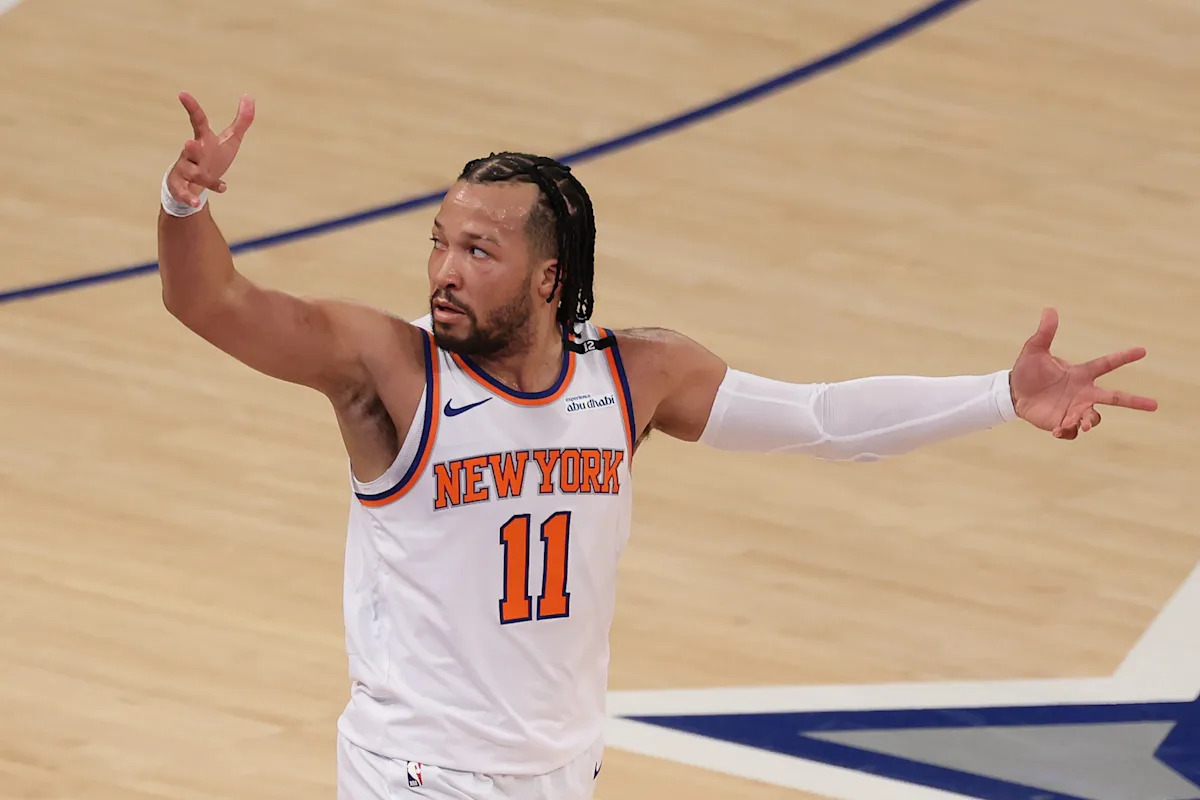
Apologies to any NBA teams hoping they unearthed the next Draymond Green, Jalen Brunson or Nikola Jokić on Thursday night.
The second round of this year’s NBA draft became unusually barren after many prospects returned to college to take advantage of a skyrocketing NIL market.
Advertisement
In the pre-NIL era, college basketball underclassmen routinely entered the NBA Draft even if they were projected to slip to the second round or go unselected. They earned more money chasing an NBA two-way contract or an overseas payday than they could returning to a college model where the only payouts came under the table.
The calculus began to change in 2021 when a series of court rulings forced the NCAA to allow athletes to benefit financially from their name, image and likeness without fear of penalty. This spring, underclassmen who were fringe NBA prospects returned to college in record numbers because deep-pocketed college programs were willing to pay them as much as $3 million to $4 million per year.
Only 106 players entered the 2025 NBA Draft as early entry candidates, the lowest number since 2015 and down from a peak of 353 in 2021. More than half those 106 early entrants then withdrew from the draft before the NBA’s deadline — even some who might have been selected in the 20-45 range this week.
Advertisement
Texas Tech’s JT Toppin, Florida’s Thomas Haugh, UConn’s Alex Karaban, Duke’s Isaiah Evans and Purdue’s Braden Smith and Trey Kaufman-Renn were among the prominent college stars who did not even test the waters this spring. Alabama’s Labaron Philon, Kentucky’s Otega Oweh and Auburn’s Tahaad Pettiford withdrew from the draft just before the May 28 deadline for underclassmen to make their decisions. So did Houston’s Milos Uzan, Florida’s Alex Condon, Michigan’s Yaxel Lendeborg and San Diego State’s Miles Byrd.
“This year’s draft class, more than any ever, has been affected by the NIL and affected by the new pay-for-play,” Boston Celtics general manager Brad Stevens told NBC Sports Boston last month. Stevens added that the absence of the prospects who returned to college would be felt in “the back end of the draft and even into the late first.”
That much was apparent from which players were selected on Thursday night. Ten of the first 14 to come off the board played at least four years of college basketball. Many were fifth-year seniors with no college eligibility remaining, from Duke’s Sion James, to Auburn’s Johni Broome, to Florida’s Alijah Martin, to Tennessee’s Chaz Lanier.
Advertisement
The deeper the second round progressed, the fewer NBA-caliber options remained. How often would a player like little-known Liberty catch-and-shoot specialist Taelon Peter get drafted in previous years? Or French wing Mohamed Diawara, who at 20 years old averaged a modest 5.8 points and shot sub-30% from behind the arc for Cholet this past season?
The good news for NBA teams is that the dearth of second-round talent could be a short-term problem. Some prospects who returned to college this year will exhaust their eligibility by 2026. Others could have more incentive to chase NBA money in the future.
The House vs. NCAA settlement puts a cap on how much colleges are allowed to pay athletes via revenue sharing and calls for the establishment of a new enforcement entity responsible for stamping out the pay-for-play deals that have dominated the NIL era of college sports. Athletes are required to submit to the new NIL Go clearinghouse all third-party NIL deals that exceed $600. The clearinghouse then must determine which deals are for a valid business purpose and are within a “reasonable range of compensation” and which are simply a recruiting incentive.
Advertisement
How will the clearinghouse determine which deals are circumventing NIL rules and which are legitimate? Nobody knows. Nor does anyone know whether the clearinghouse’s decisions will hold up in court against a legal challenge.
The answers to those questions will determine whether future fringe NBA prospects turn pro as quickly as possible or keep returning to college in record numbers.
That trend will only continue if the seven-figure NIL money is still available.
NIL
Michigan recruiting staff salaries revealed
In a 60-person staff of full-time football employees, Michigan devotes six to recruiting and personnel. The division is lead by senior associate AD/general manager Sean Magee, with Albert Karschnia serving as director of player personnel, Samuel Popper as director of recruiting and Kayli Johnson as director of on-campus recruiting. The Wolverines also employ assistant director […]

In a 60-person staff of full-time football employees, Michigan devotes six to recruiting and personnel. The division is lead by senior associate AD/general manager Sean Magee, with Albert Karschnia serving as director of player personnel, Samuel Popper as director of recruiting and Kayli Johnson as director of on-campus recruiting. The Wolverines also employ assistant director of recruiting John Collins and associate director on-campus recruiting/operations Ashley Terhune.
By comparison, Texas A&M employed 10 full-time staffers in the recruiting and personnel space. In real dollars, Texas A&M committed $980,000 per year in salary to recruiting and personnel, while Michigan pays $833,000 and change to its 6-person operation — with nearly half going to one person.
According to copies of contracts obtained by FootballScoop via open records request, Magee signed a 3-year contract running from March 1, 2024 through Feb. 28, 2027, with $10,000 annual raises. He’ll make $370,000 in 2026. All other recruiting staff members are on 1-year deals, running from March 1 to Feb. 28. Magee’s contract calls for a 50 percent buyout of his annual salary if he leaves prior to the conclusion of the 2026 football season, but does not require a buyout if he takes an AD or deputy AD position elsewhere. All other contracts call for 100 percent buyouts if broken before the end of the 2025 football season, and do not offer no-buyout off-ramps for promotions taken elsewhere.
All contracts also dictate Michigan’s football recruiting staff reports to AD Warde Manuel, not head coach Sherrone Moore.
Sean Magee, senior associate AD/general manager: $360,000
Albert Karschnia, director of player personnel: $180,250
Sam Popper, director of recruiting: $108,150
Kayli Johnson, director of on-campus recruiting: $85,000
John Collins, assistant director of recruiting: $50,000
Ashley Terhune, associate director of on-campus recruiting and operations: $50,000
Magee spent 2017-22 at Michigan, mostly as associate AD for football, before spending the 2022 and ’23 seasons as the chief of staff for the Chicago Bears. He returned to Ann Arbor in March 2024 as GM, where he oversees all aspects of recruiting, player personnel and NIL. A US Naval Academy graduate and Midshipmen football player, he served across the globe as an active duty naval officer from 2004-12 while also earning his MBA from William & Mary during that time. Magee then went to work for Navy football as director of player personnel.
Karschnia is a 2015 Michigan graduate who interned with the football program as an undergraduate. He spent 2017-21 as the director of player personnel at Central Michigan, then returned to U-M in December 2021 as director of recruiting operations. He was promoted to director of player personnel in 2024.
Also a Michigan graduate, Popper returned to Michigan in 2023 after stints with Oregon, Akron and Memphis.
Johnson ran track at Michigan State and Texas Tech, then worked as a stadium operations intern for the Detroit Lions, and then as assistant director of recruiting operations at Rutgers from 2023-24 before joining Michigan’s staff in March 2024. Collins also came aboard in March 2024 after serving as a recruiting and personnel analyst at Georgia.
Terhune is a Purdue graduate who held a variety of roles as an undergraduate for the Boilermakers before graduating in 2023. She worked in NIL at Western Kentucky for a year before joining Michigan last summer.
NIL
WVU’s Small Drafted by Memphis Grizzlies in Second Round
Story Links MORGANTOWN, W.Va. – West Virginia University guard Javon Small was taken in the second round of this year’s NBA Draft by the Memphis Grizzlies. He was the 48th overall choice. Small enjoyed a breakout season at West Virginia in 2025 that saw him average 18.6 points, 5.6 assists, 4.1 rebounds […]
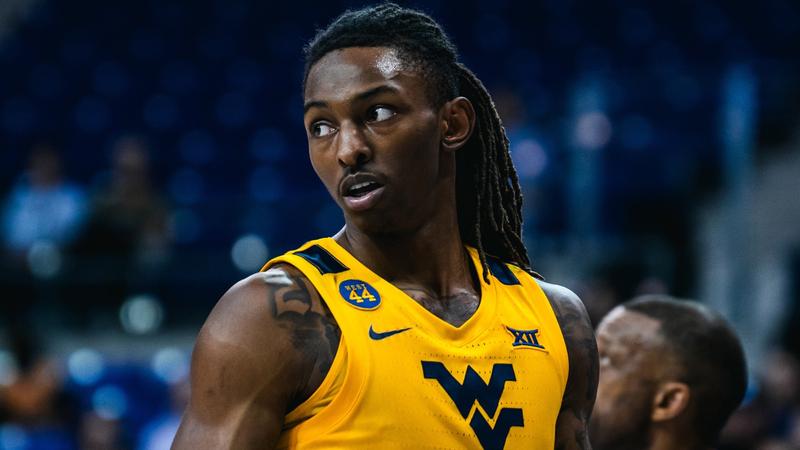
MORGANTOWN, W.Va. – West Virginia University guard Javon Small was taken in the second round of this year’s NBA Draft by the Memphis Grizzlies.
He was the 48th overall choice.
Small enjoyed a breakout season at West Virginia in 2025 that saw him average 18.6 points, 5.6 assists, 4.1 rebounds and 1.5 steals during his lone year with the Mountaineers.
His season-high 31 points were crucial in WVU’s overtime victory over Gonzaga in the Bahamas. He also scored West Virginia’s final seven points in a 62-61 upset victory at Kansas – the Mountaineers’ first-ever win in Allen Fieldhouse – and he was dominant in a 64-57 victory over second-ranked Iowa State by scoring a game-high 27 points.
“One of the most athletic guards in this entire draft,” ESPN college basketball analyst Jay Bilas said. “He’s a primary ballhandler who can create. He’s quick. He’s crafty and then defensively, he’s really good at the point of attack.
“He had 68 points in clutch time so he’s really good and when the lights are on, he shows up,” Bilas added.
Small, listed at 6-foot-3 but measuring 6-feet-1 barefoot at this year’s NBA Draft Combine, played two years at East Carolina and one at Oklahoma State, where he averaged 15.1 points per game for the Cowboys in 2024.

In 97 career college games, the South Bend, Indiana, resident scored 1,380 points, handed out 424 assists and grabbed 374 rebounds.
“(The Grizzlies) are getting a competitor, a hard worker and somebody who is going to bring positive energy every single day. They are just going to get a dog,” Small said.
Draft experts noted his strong performance in agility and shooting drills at this year’s NBA Draft Combine held this spring in Chicago, which likely offset some concerns about his lack of height and long-range shooting consistency.
On3’s James Fletcher had Small ranked No. 47 overall on his final draft board; ESPN.com NBA draft analyst Jonathan Givony had Small pegged at No. 48, while Draft Digest had him rated 50th.
Yahoo! Sports draft analyst Kevin O’Connor compared Small to Miami Heat guard Terry Rozier, writing: “Small is an undersized guard who plays bigger than his body thanks to his excellent athleticism and gritty nature. He’s a knockdown shooter off the catch and a solid lead guard, though his lack of size puts a natural cap on his upside.”
There were 59 total selections in this year’s draft.
The last West Virginia University player picked by an NBA team was guard Deuce McBride, who went 36th overall in the second round to the New York Knicks in 2021.
Including Small this year, six Mountaineer players have been taken in the draft since 2008 when forward Joe Alexander went No. 8 overall to the Milwaukee Bucks.
Forwards Da’Sean Butler and Devin Ebanks were taken consecutively at No. 42 by the Miami Heat and No. 43 by the Los Angeles Lakers in the second round in 2010, and guard Jevon Carter was the 32nd overall choice by the Memphis Grizzlies in the 2018 draft.
NIL
On to Hollywood
The 17-year streak of first-round picks in the NBA Draft for University of Arkansas men’s basketball Coach John Calipari ended Wednesday. But he started anew Thursday with his first Razorback draft pick. Arkansas wing Adou Thiero was taken by the Brooklyn Nets in the second round of the NBA Draft with the No. 36 pick […]
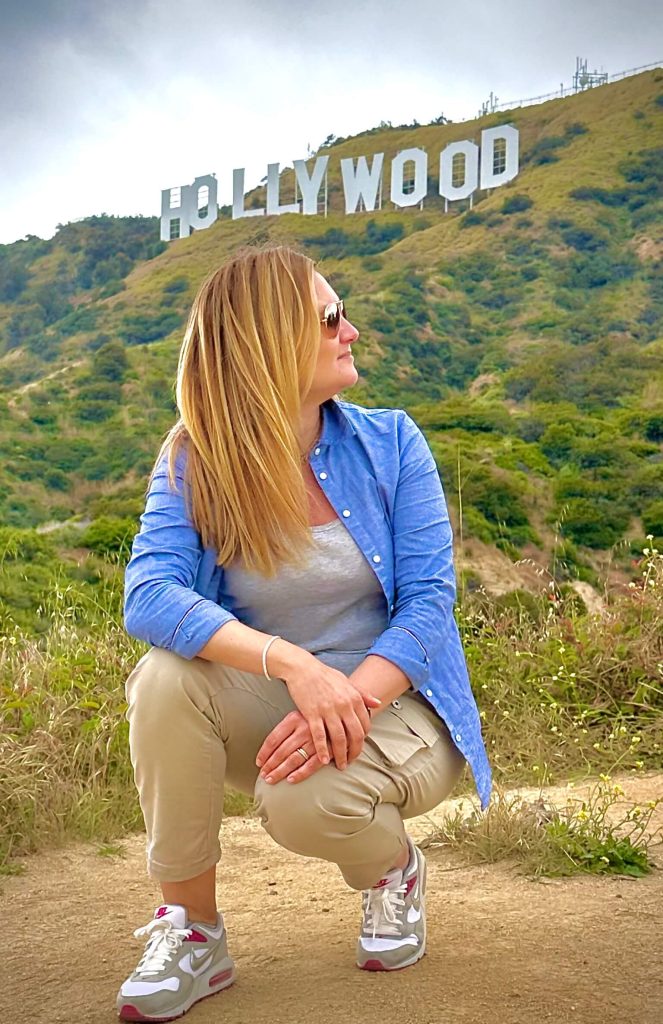
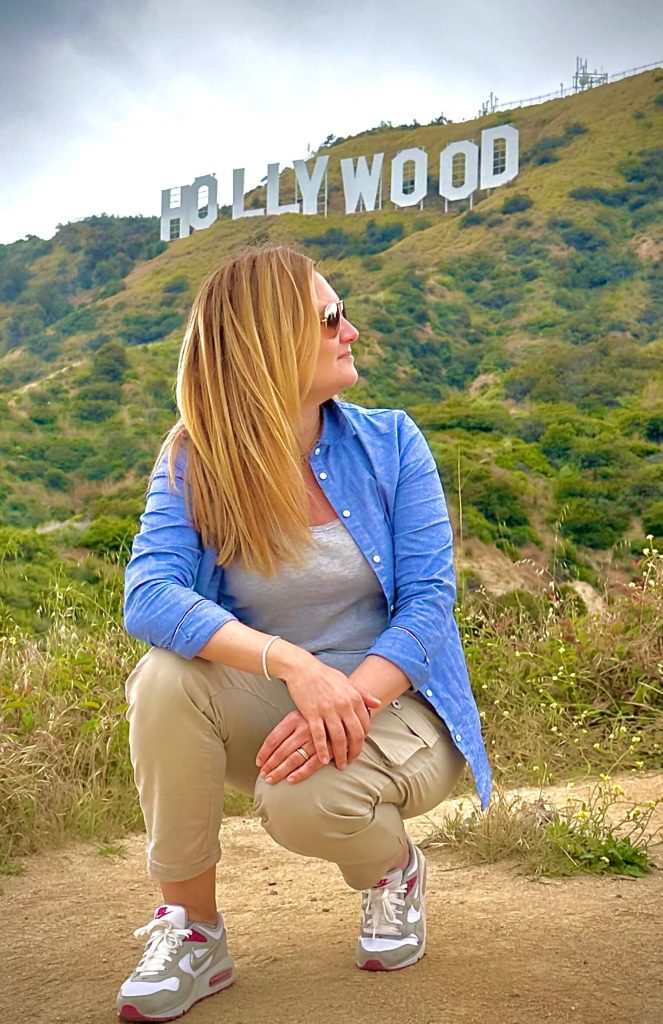

The 17-year streak of first-round picks in the NBA Draft for University of Arkansas men’s basketball Coach John Calipari ended Wednesday. But he started anew Thursday with his first Razorback draft pick.
Arkansas wing Adou Thiero was taken by the Brooklyn Nets in the second round of the NBA Draft with the No. 36 pick at the Barclays Center in Brooklyn, N.Y. The Los Angeles Lakers acquired the rights to the pick via trade.
“Blessed, happy, just thankful, grateful,” Thiero said on the ESPN broadcast after becoming the newest Laker.
Thiero didn’t crack the top 30 picks in the first round Wednesday night, which lasted roughly 3 1/2 hours, but he was welcomed into the green room for the second two and went fast.
Thiero became the 13th Razorback to be drafted since the turn of the century and the ninth in the last decade, joining second-rounders such as Isaiah Joe (2020) and Jaylin Williams (2022), who won an NBA championship together with the Oklahoma City Thunder last Sunday. Thiero was projected on the fringe as a late first- or early second-round choice.
“Proud of how far Adou has come from a 5’11 9th grader to becoming an NBA player,” Calipari wrote on social media Thursday night. “Incredible journey. Forget what round he is drafted in he is a player they will look at and go ‘how did he get drafted there that was a steal.’ ”
A 6-8 Thiero from Pittsburgh, Thiero played his first two seasons at Kentucky and followed Calipari to Arkansas through the NCAA transfer portal. In his lone season with the Razorbacks, Thiero led the team in scoring and rebounding with 15.1 points and 5.8 rebounds per game. He hyperextended his left knee in the second half of a 92-85 win over Missouri on Feb. 22 and missed the next eight games. He returned to play five minutes off of the bench in the 85-83 overtime loss to Texas Tech on March 27in the Sweet 16 of the NCAA Tournament.
Freshman Boogie Fland’s injury situation played out parallel to Thiero’s, who had successful surgery on his right thumb, missed two months of the season, and returned in time for the postseason. Fland was once thought of as the Razorbacks’ second potential draftee, right below Thiero. But he withdrew from the NBA Draft Combine after the season and transferred to Florida. The Hogs are scheduled to play on the road against the Gators next season.
Second-round selections are not uncommon for the Arkansas program. Other Razorbacks taken in the second round include Darnell Robinson (1996), Sonny Weems (2008), Patrick Beverley (2009), Daniel Gafford (2019), Joe (2020) and Williams (2022). The program’s most recent draft pick, second-rounder Jordan Walsh in 2023, was accompanied that year by first-rounders Nick Smith Jr. and Anthony Black.
Thiero’s best stretch of play this season came within one week in SEC play during a 89-79 win at Kentucky on Feb. 1 and the 85-81 loss on Feb. 8 at home to Alabama. He totaled 43 points, shooting 13 for 24 from the field, 15 for 18 from the free-throw line, with 14 rebounds and 5 steals. Adjusted per 40 minutes, Thiero averaged 2.4 steals (career-best in three seasons), 1.1 blocks and 21.9 minutes.
ESPN draft analyst Jeremy Woo wrote June 14 that “Thiero’s NBA appeal has long centered around his excellent defensive potential. When healthy and at his best, the 6-8 forward flies around the court, which made him one of the most disruptive defenders in college basketball.”
The Lakers ranked 14th in the NBA last season for defensive efficiency.
Los Angeles will open NBA Summer League play in the seventh annual California Classic on July 5, alongside the Miami Heat, San Antonio Spurs and hosted by the Golden State Warriors.
Matt Byrne is the Bob Holt Razorback Reporter, named in honor of the longtime reporter who covered University of Arkansas sports. This position is funded by the ADG Community Journalism Project.
-

 Motorsports2 weeks ago
Motorsports2 weeks agoNASCAR Weekend Preview: Autódromo Hermanos Rodríguez
-

 Motorsports2 weeks ago
Motorsports2 weeks agoNASCAR Through the Gears: Denny Hamlin has gas, a border needs crossing, and yes, that’s a Hemi
-

 Motorsports2 weeks ago
Motorsports2 weeks agoNASCAR Race Today: Mexico City start times, schedule and how to watch live on TV
-

 High School Sports3 weeks ago
High School Sports3 weeks agoHighlights of the Tony Awards
-

 Health2 weeks ago
Health2 weeks agoGymnast MyKayla Skinner Claims Simone Biles 'Belittled and Ostracized' Her amid Riley …
-
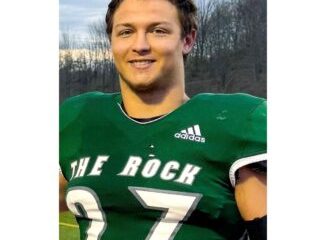
 Health3 weeks ago
Health3 weeks agoParents Create Fund in memory of son, raise awareness about suicide and mental health
-

 Professional Sports3 weeks ago
Professional Sports3 weeks agoUFC 316
-

 NIL2 weeks ago
NIL2 weeks agoTennessee law supersedes NCAA eligibility rule
-

 Sports2 weeks ago
Sports2 weeks agoCoco Gauff, The World's Highest
-

 College Sports2 weeks ago
College Sports2 weeks agoFisk to discontinue history-making gymnastics program after 2026 | Area colleges

































